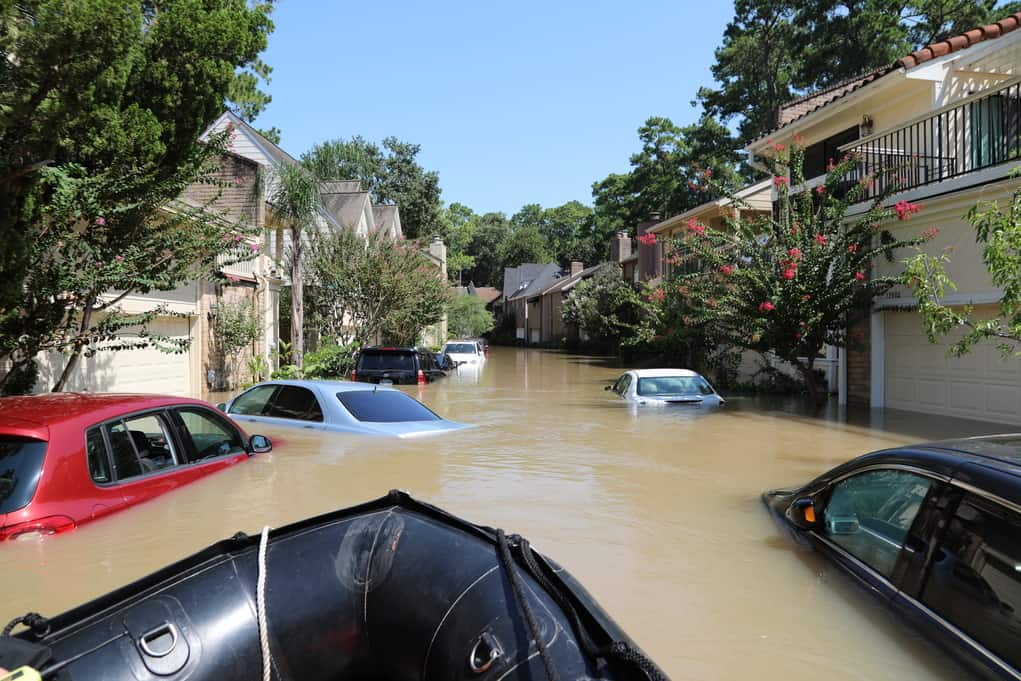Excerpt from www.claimsjournal.com article
"10 Subrogation Mistakes Insurance Companies Keep Making"
by Gary Wickert
July 6, 2017
"(3) THE PARABLE OF THE PEBBLES: Lack of Timely/Thorough Subrogation Investigation
Whether a claim is large or small – the burden is the same. The subrogated carrier has the burden of proving: (1) that the defendant was negligent (or that a product was defective); (2) that this negligence proximately caused the damages which the carrier paid for; and (3) the amount and nature of those damages. If it fails with regard to any one of these elements, there will be no subrogation recovery. Liability carriers are quick to latch on to weaknesses in subrogation files and often deny claims simply because the demand letter doesn’t address these three elements satisfactorily. Like a chain, a subrogation claim is only as strong as its weakest link and that weakest link is almost always created early in the claim, when memories are fresh and evidence is available. The first few days after a loss are critical – the first and often only chance anyone may have to identify, retain, document, investigate, and record valuable information on which a future subrogation lawsuit will depend. Things which may seem to have little or no meaning or importance may turn out to be the lynchpin of an entire subrogation action. An ancient parable is relevant here and goes something like this:
A group of traveling nomads was preparing to make camp for the evening, when suddenly they were surrounded by a great light. They knew instantly they were in the presence of a celestial being. A loud voice spoke from the heavens, “Gather as many pebbles as you can. Put them in your saddle bags. Travel a day’s journey. Tomorrow night you will be both glad and sad.” Then, as quickly as it had appeared, the voice and the light disappeared. The nomads looked at one another in disbelief. They had expected the revelation of a great universal truth – the key to great wealth or happiness. But instead, they were given a menial task that made no sense. Dejected, each one did pick up a few pebbles and put them in their saddle bags. The following morning they broke camp and traveled a day’s journey. That evening, while making camp once again, they reached into their saddle bags and discovered that the few pebbles they had gathered the night before had turned into beautiful and brilliant diamonds! Indeed, they were both glad and sad, just as the voice had promised. They were glad they now had beautiful and valuable diamonds. But, they were very sad they had not gathered and filled their saddlebags with pebbles when they had the opportunity.
Subrogation investigation is much like the opportunity the nomads had to gather pebbles. You don’t know which pebbles might turn out to be valuable, so you conduct your investigation promptly as though they are all valuable. It is important to lock witnesses into positions and testimony favorable to your subrogation case, before the other side gets a hold of them. It is sometimes urgent and legally necessary to place government entities on notice of your claim. Early and thorough investigation often uncovers additional third parties and sources of recovery, including the occasional existence of other insurance which may be available to contribute to the loss.
Some cases are virtually worthless – even with the best of liability facts – unless some investigation and preservation of evidence is undertaken almost immediately. Premises liability cases involving slip and falls, ice and snow, or dangerous conditions on property require some sort of preservation or recording of the conditions existing at the time of the fall. Such cases depend entirely on whether the condition was “unreasonably dangerous” and “open and obvious.” In most cases, relying on the claimant’s or insured’s memory in order to meet our burden of proof guts such files of virtually all value. Cases involving livestock which escape a fenced-in area and wander onto a busy highway almost always require the subrogated carrier to prove that the livestock owner was negligent. This means proving in court that a broken fence or gate that wasn’t repaired or other negligence on the part of the owner caused the accident. This type of evidence can only be preserved at or near the time of the loss and before repairs or spoliation take place.
If a product is involved in a subrogation claim, it is our burden to prove a defect or that there was negligence by a third party in maintaining the product. We also have to prove that the condition of the product was unchanged at the time of the injury or damage from the date it was manufactured. These are impossible burdens to meet if the product is not preserved and the chain of custody is not carefully documented and protected. When an appliance which causes a fire is still under warranty and the repair technician (often an “authorized service company”) takes the appliance or the faulty part, this evidence is often misplaced in the shuffle. Sometimes we are able to argue spoliation by the manufacturer, but it much easier and cheaper to simply preserve the part.
When the cause of a loss seems apparent, don’t stop with simply securing only the product or evidence bearing most directly on the case. Bear in mind that the targets of your investigation will almost always find alternate causes and persons to blame and will quickly cry spoliation if evidence, which they claim may exonerate them, is gone or damaged. Think like the defendant. Take efforts to disprove and eliminate the alternate theories your subrogation counsel will ultimately face. If the claim is significant, engage subrogation counsel or an investigator to conduct the investigation and take thorough statements of all witnesses and, if called for, timely engage experts who are qualified and experienced. The extra work of properly investigating a claim often deters claims handlers from stuffing their saddlebags full of pebbles, but every case is different, and it is often the pebble you leave behind that turns out to hold the key to a full recovery. The pebbles might not turn into brilliant diamonds as in the parable, but they literally can and often do translate into subrogation dollars realized.
Even in inspecting the loss, the client (and sometimes even the expert) doesn’t keep any of the evidence. This is especially true when insurance clients try to cut corners by not having an expert out to the loss scene, but instead rely on plumbers or technicians to tell them what failed. The plumbers or technicians may uncover what failed, but they are not qualified to testify to that in court. Unless they preserve the product and other possible suspects the defendant is sure to blame the loss on, an expert retained at a later date will not be able to offer an opinion and the case will be rendered worthless.
Spoliation – the defense that a party to a suit has somehow damaged or lost evidence which is crucial to the defense of a case – is becoming a very popular claim today, even if it doesn’t exist. Creative theories which blame products located across the room from a point of origin are frequently used to create doubt in the mind of jurors – often with great success.
Investigate cases early and thoroughly. Choose the right expert and insist on reports which pinpoint a cause and an origin of a fire or a water loss. Ben Franklin’s aphorism, “An ounce of prevention is worth a pound of cure” is very accurate when it comes to describing the value of investing early in subrogation potential. Kicking the can down the road frequently leads to significant recovery potential being lost or seriously compromised. As Ayn Rand famously said, “We can ignore reality, but we cannot ignore the consequences of ignoring reality.”




